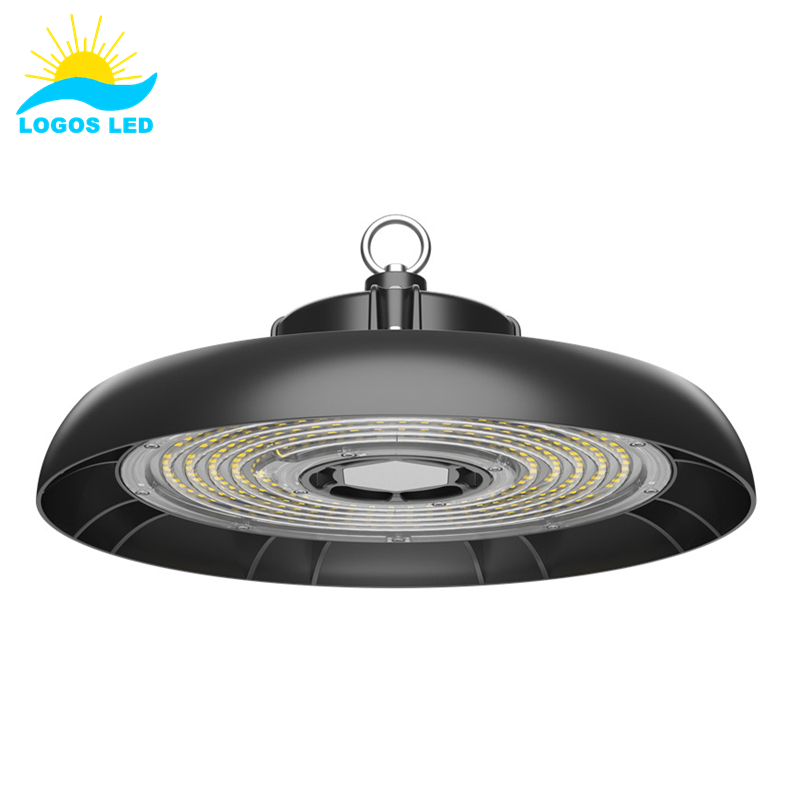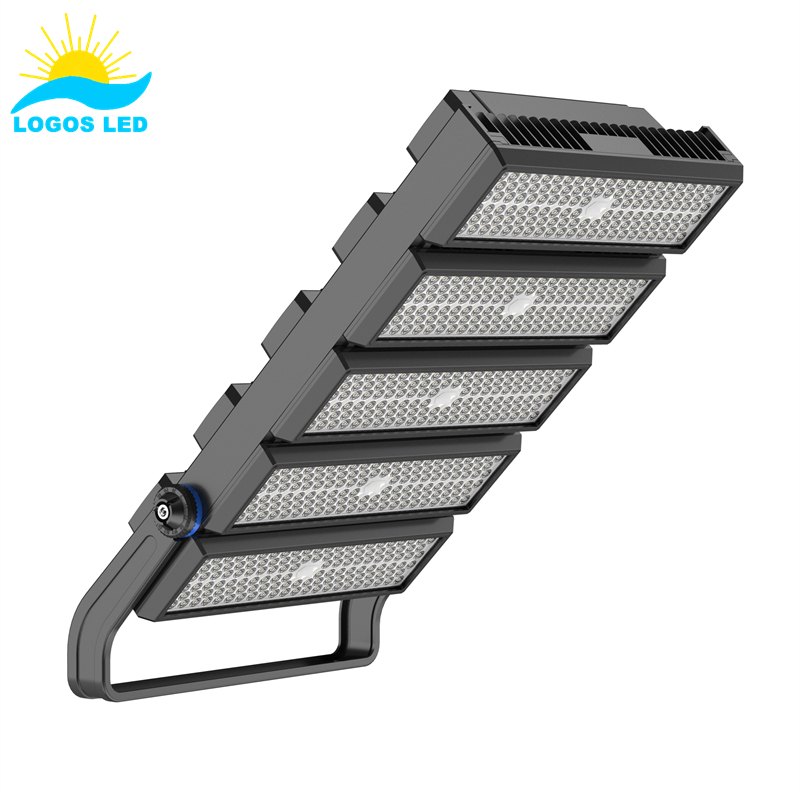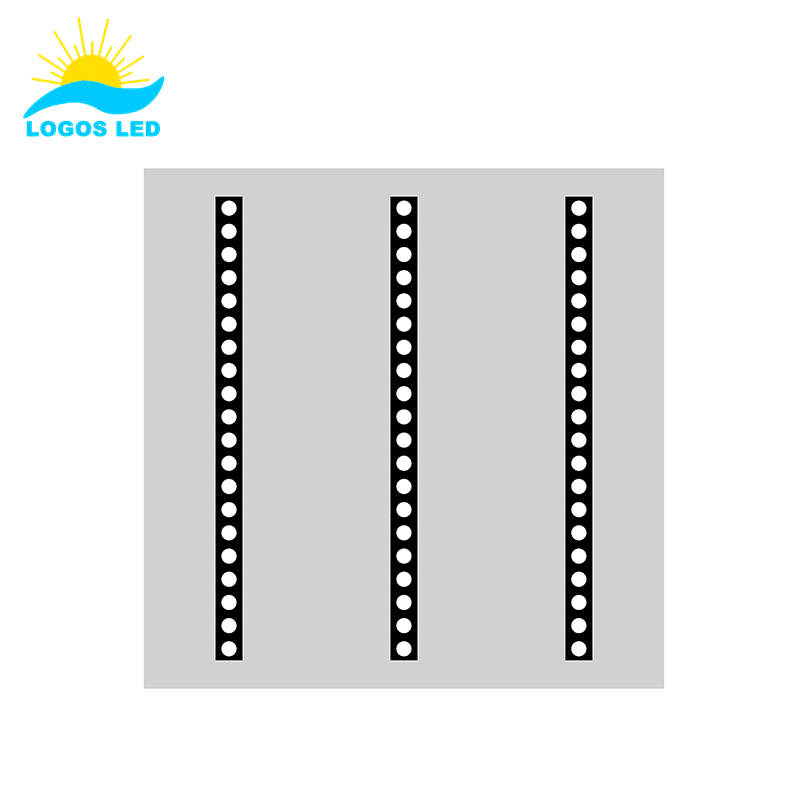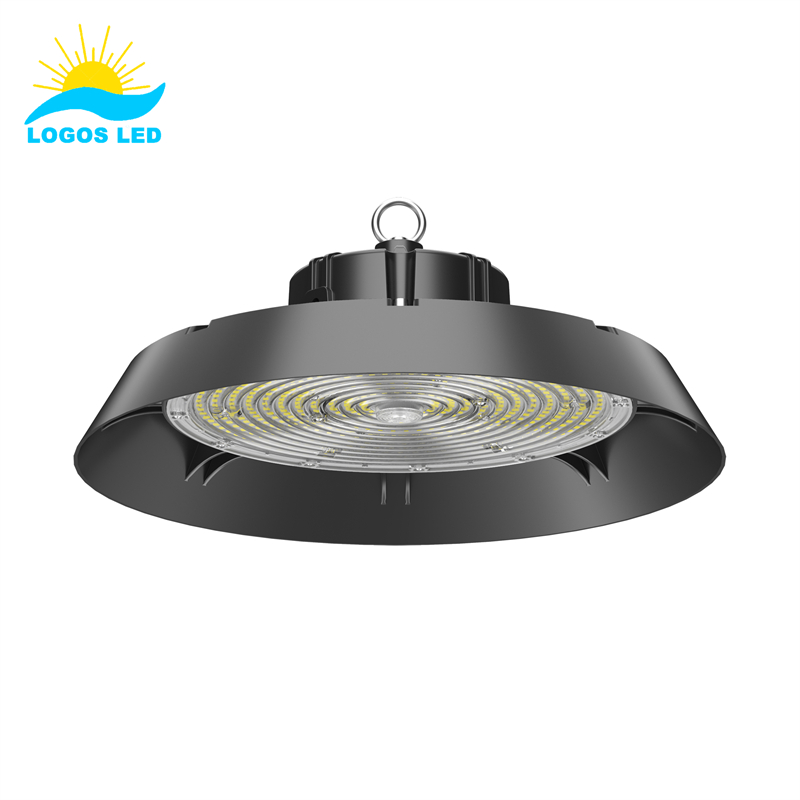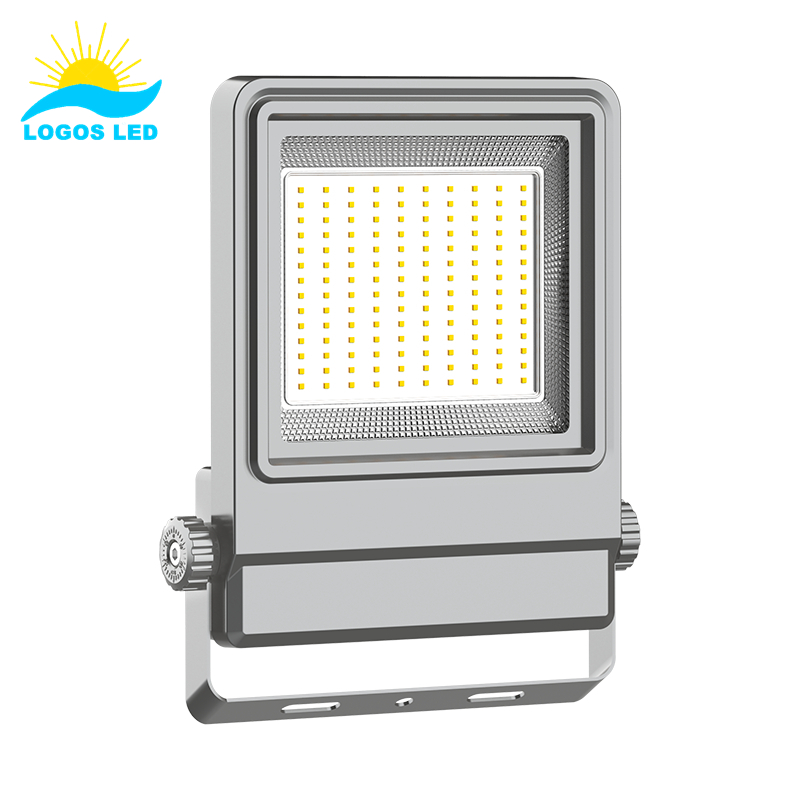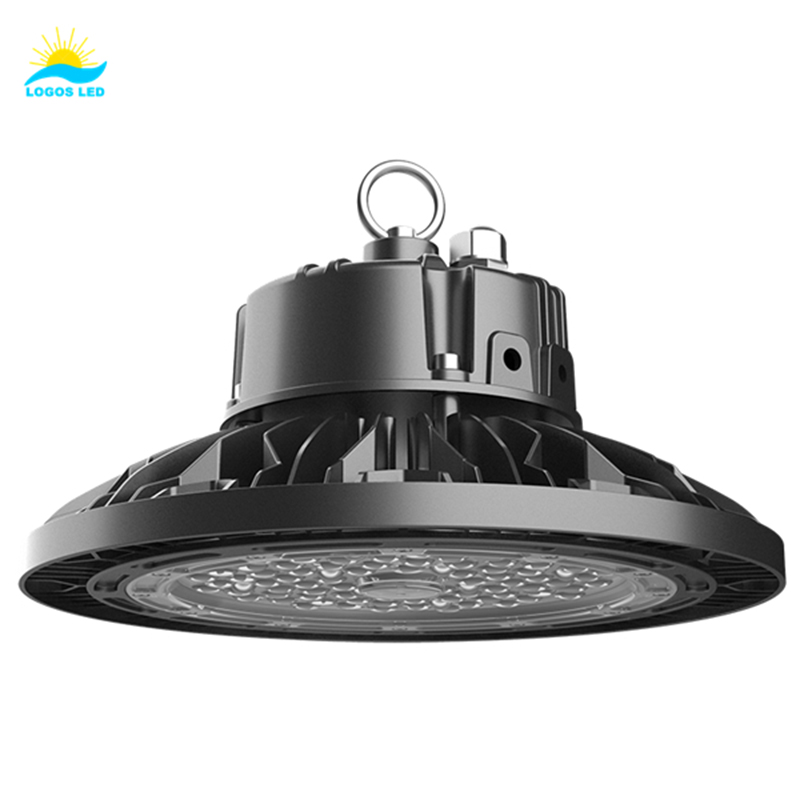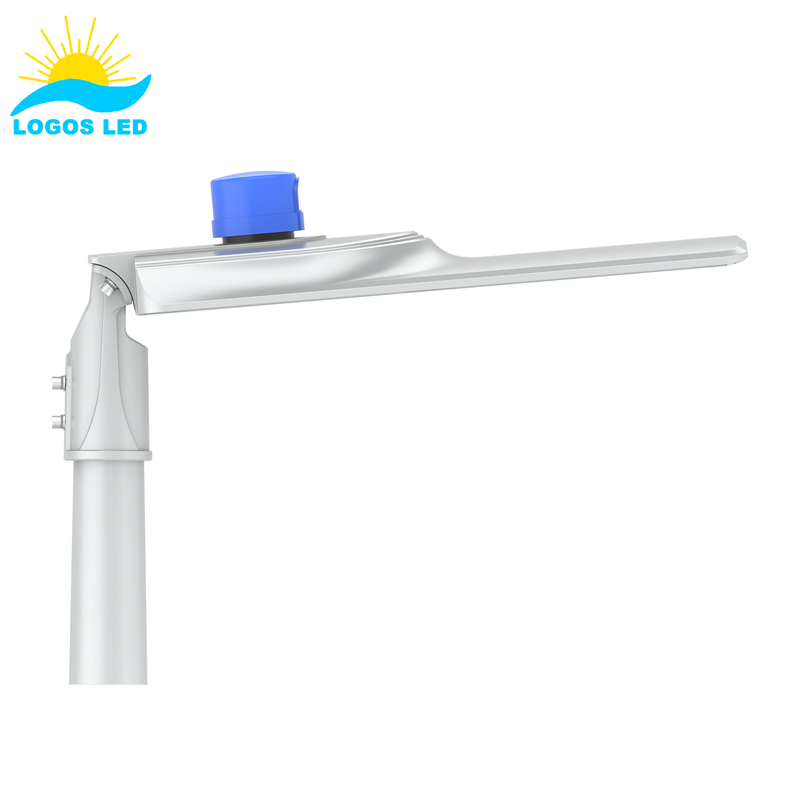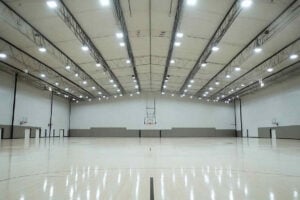Struggling with high electricity bills or unreliable street lighting? Poorly managed street lighting can drain your budget and create unsafe conditions. But there’s a smart, cost-effective solution—solar street lights. These eco-friendly lights can cut energy costs and reduce maintenance hassles. In this article, I’ll walk you through the pros and cons of solar street lights so you can decide if they’re the right fit for your needs.
Table of Contents
What Are Solar Street Lights?
Solar street lights are outdoor lighting systems that run entirely on solar power. They use photovoltaic (PV) panels to capture sunlight, convert it into electricity, and store it in batteries for use at night. Unlike traditional streetlights, they don’t rely on the electrical grid, making them an energy-efficient and eco-friendly1 alternative.
Each solar street light is a self-contained system with solar panels, LED lamps, batteries, and a controller to manage energy flow. They’re particularly useful in remote or off-grid areas, offering reliable illumination while cutting down on electricity costs and carbon emissions. Thanks to smart features like motion sensors and timers, these lights are becoming a popular choice for streets, parks, rural roads, and industrial areas.
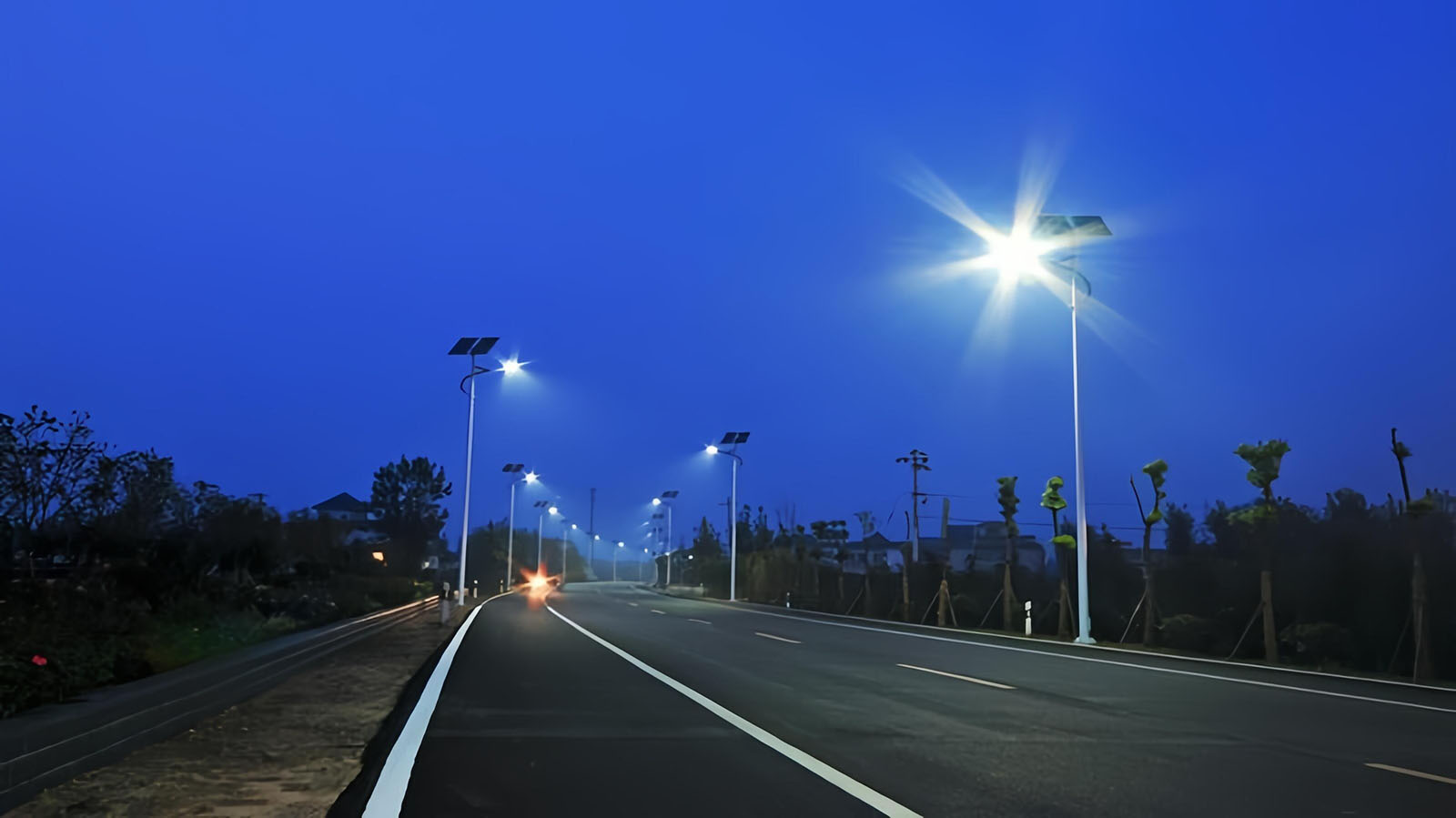
How Do Solar Street Lights Work?
Solar street lights generate and store their own power, ensuring consistent lighting even in places without access to the electrical grid. Here’s a breakdown of how they operate:
1. Solar Panels Capture Sunlight
During the day, the solar panels absorb sunlight and convert it into electricity using photovoltaic cells. This energy is then stored in rechargeable batteries, eliminating the need for external power sources.
2. Energy Storage in Batteries
The captured energy is stored in batteries, typically lithium-ion or lead-acid, so it’s available for use at night. These batteries play a crucial role in ensuring the lights stay on even during cloudy days.
3. LED Lights Turn On at Night
As darkness sets in, the controller signals the stored energy to power the LED lamps. LEDs are highly efficient, providing bright illumination while consuming minimal energy.
4. Smart Energy Management
A controller regulates energy flow, ensuring efficient power use. Some solar street lights2 also have motion sensors, timers, or dimming features to extend battery life and optimize performance.
5. Automatic Operation
The system is fully automated. The lights turn on at dusk and off at dawn without any manual intervention. During the day, the solar panels begin recharging the batteries, ensuring the cycle continues seamlessly.
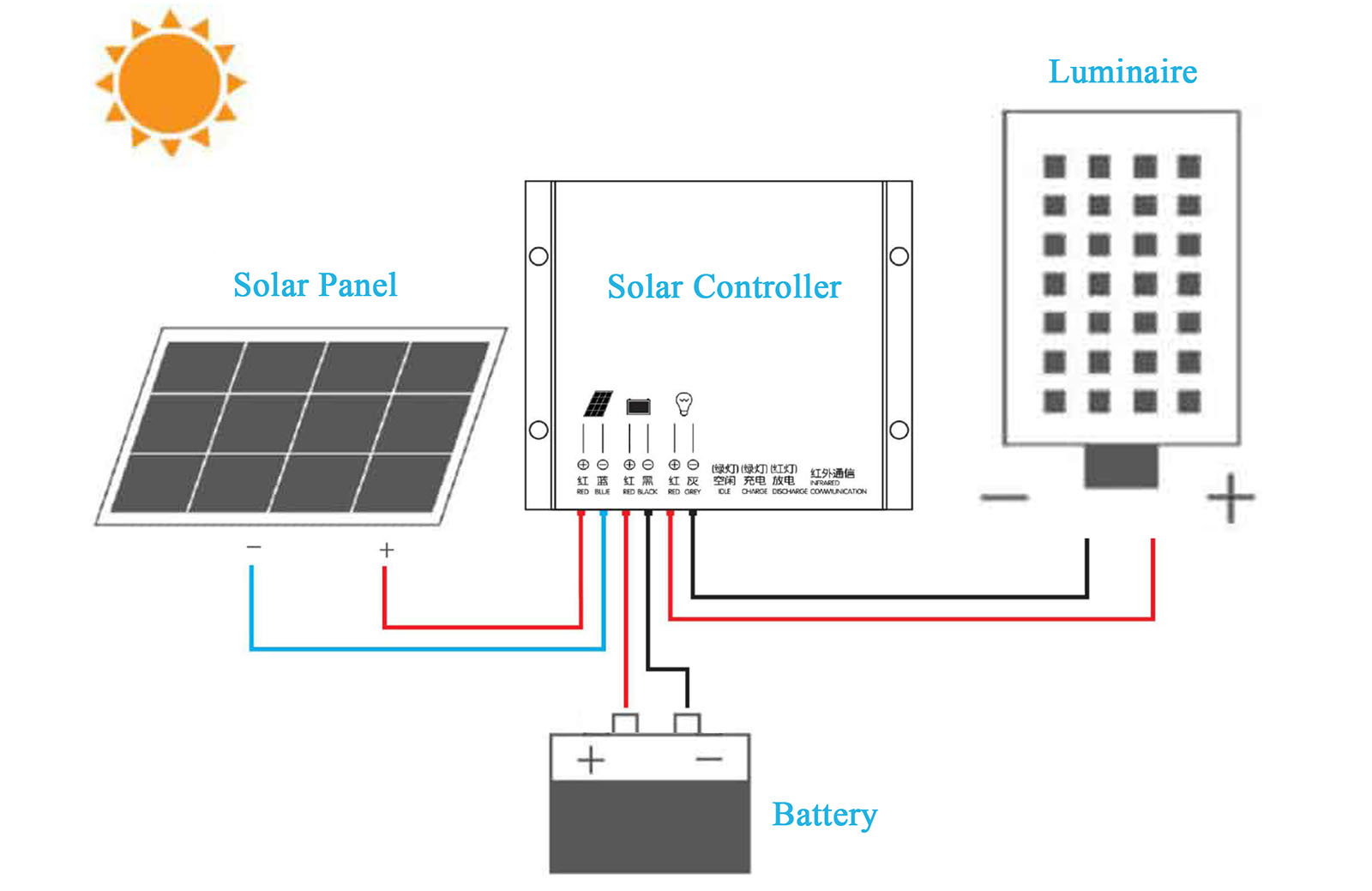
With this self-sustaining system, solar street lights provide reliable, off-grid lighting that’s both cost-effective and environmentally friendly.
Advantages and Disadvantages of Solar Street Lights
Solar-powered street lights have gained popularity for their energy efficiency3 and sustainability. But like any technology, they come with both benefits and limitations. Let’s take a closer look at what makes them a great option—and what challenges you should consider.
Advantages of Solar Street Lights
1. Energy Efficiency
Solar street lights run on renewable solar energy, reducing electricity costs and dependency on the grid. Since they generate their own power, they help lower operational expenses in the long run.
2. Eco-Friendly
By using sunlight instead of fossil fuels, solar street lights cut carbon emissions and contribute to a greener planet. They’re a great option for cities and municipalities looking to adopt sustainable solutions.
3. Lower Operating Costs
Once installed, solar street lights require minimal upkeep. Since they don’t rely on external power, they eliminate electricity costs. Plus, with no wiring involved, maintenance expenses are significantly reduced.
4. Easy Installation
Unlike traditional lights that require complex wiring, solar street lights are simple to install. There’s no need to dig trenches or lay cables, making them ideal for urban and rural areas alike.
5. Completely Off-Grid
These lights operate independently of the electrical grid, making them perfect for remote areas or places with frequent power outages. They provide consistent lighting even where traditional streetlights can’t be installed.
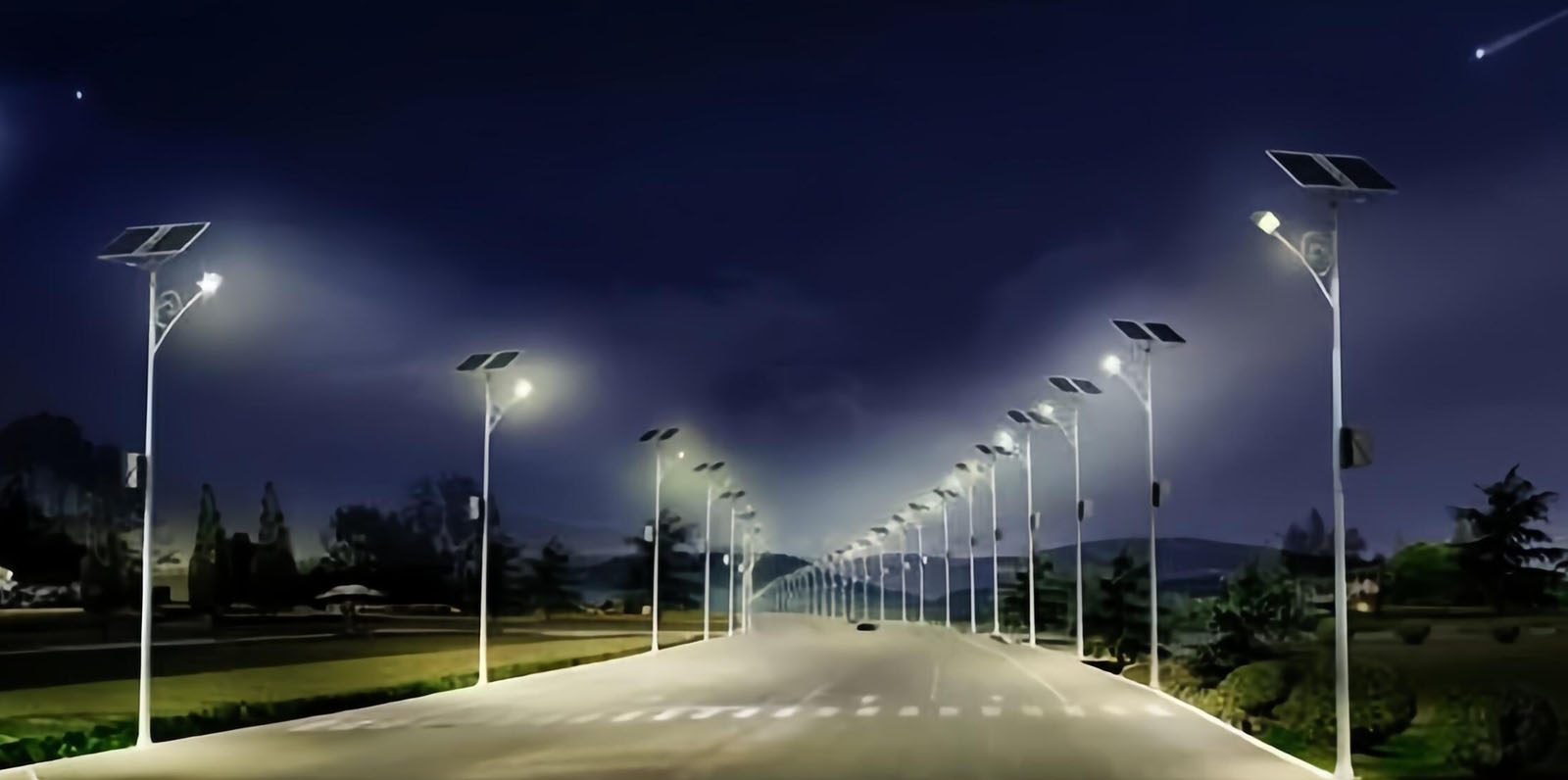
Disadvantages of Solar Street Lights
1. Higher Upfront Costs
The initial investment for solar street lights is higher than traditional streetlights. Solar panels, batteries, and LED fixtures add to the overall cost. However, the long-term savings on electricity and maintenance can offset this expense.
2. Weather Dependency
Since solar lights rely on sunlight, their efficiency can drop in cloudy or rainy conditions. Areas with long winters or frequent storms may see reduced performance.
3. Battery Maintenance
Batteries have a limited lifespan and need to be replaced every few years. Over time, this adds to the maintenance costs, especially in extreme weather conditions.
4. Limited Light Output and Coverage
While LED technology has improved, solar-powered lights may not always match the brightness of grid-powered streetlights. In large open spaces, additional units may be needed to ensure adequate coverage.
5. Vandalism and Theft Risks
Since solar panels and batteries are valuable, they can be targets for theft or vandalism, especially in unsecured areas. Protective measures, like tamper-proof designs, may be necessary to prevent losses.
Summary Table
| Feature | Advantages | Disadvantages |
|---|---|---|
| Energy Efficiency | Uses renewable solar energy, reducing electricity costs. | Performance drops in cloudy weather. |
| Eco-Friendly | Lowers carbon footprint by using clean energy. | Solar panel and battery production impact the environment. |
| Low Operating Costs | No electricity bills; minimal maintenance. | High initial cost for installation. |
| Easy Installation | No wiring needed; quick deployment. | Requires quality components for longevity. |
| Off-Grid Operation | Ideal for remote or power-outage-prone areas. | Battery replacements needed over time. |
| Light Output | Provides bright, efficient lighting. | May require multiple units for large spaces. |
| Security Risks | Works independently from the grid, ensuring lighting even during blackouts. | Risk of theft or vandalism. |
Solar street lights offer a sustainable, cost-effective way to illuminate streets, parks, and other outdoor spaces. While they require an upfront investment and depend on weather conditions, their long-term benefits—lower costs, environmental impact, and easy installation—make them a worthwhile solution for many locations. If you’re considering switching to solar street lighting, weigh these pros and cons carefully to make the best decision for your needs.
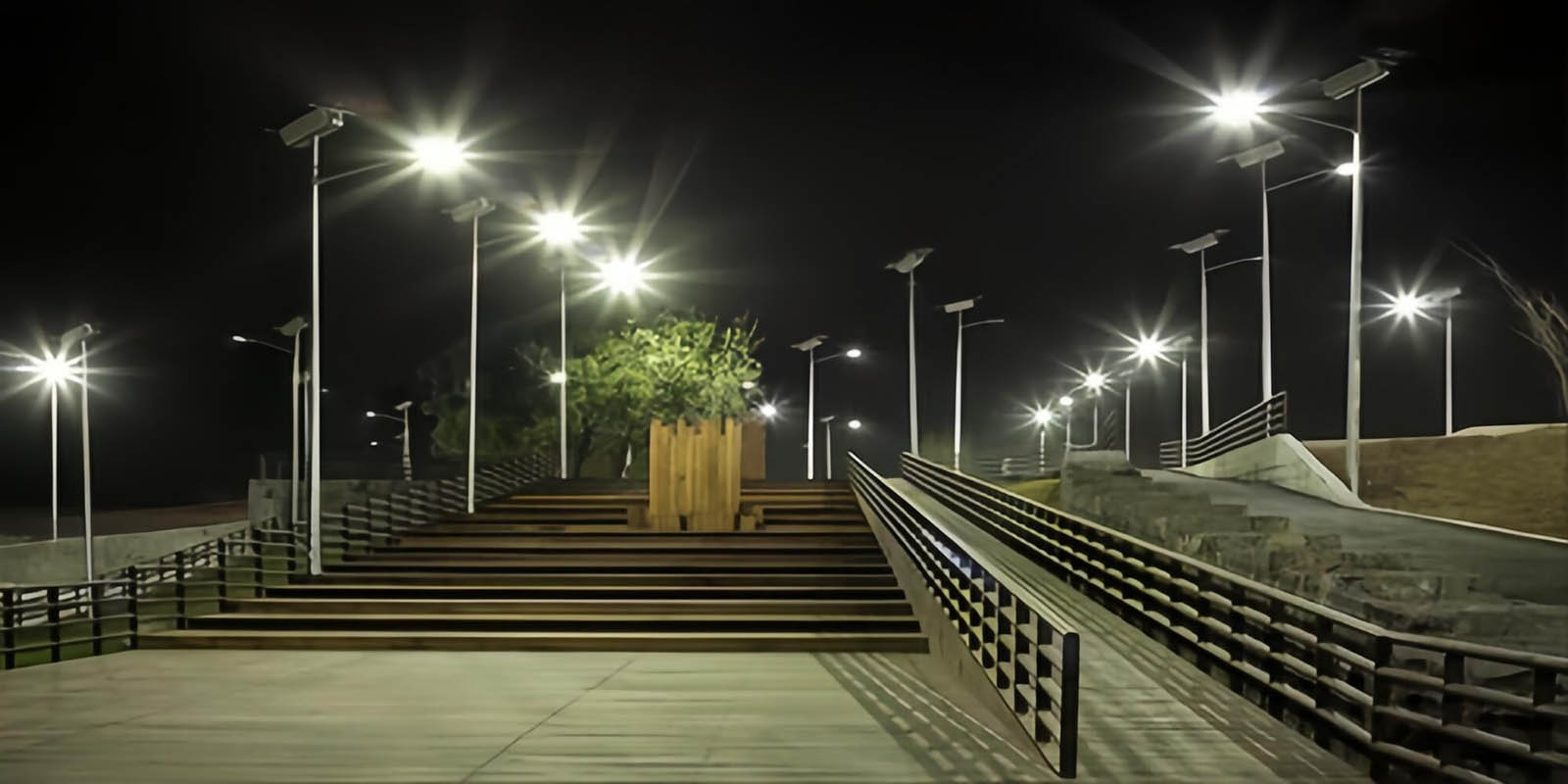
Comparative Analysis: Solar vs. Traditional Street Lights
Trying to decide between solar and traditional street lighting? Both options have their advantages and drawbacks, but understanding the key differences can help you make the best choice. In this article, I’ll compare solar and traditional street lights4 in terms of energy efficiency, environmental impact, cost, and overall performance.
When choosing between solar and traditional street lights, consider factors like installation costs, long-term savings, environmental impact, and reliability. Solar lights provide sustainability and lower energy bills, while traditional lights may cost less upfront but come with higher maintenance and electricity expenses.
Let’s break down the differences in more detail.
1. Energy Efficiency
Solar Street Lights
Solar street lights run on renewable solar energy, which is both free and abundant. During the day, the solar panels absorb sunlight and store the converted electricity in batteries for nighttime use. This reduces electricity costs and makes them completely independent from the grid. In sunny regions, solar lighting can be especially efficient, providing consistent illumination without external power sources.
Traditional Street Lights
Traditional street lights rely on electricity from the power grid, which is often generated using fossil fuels like coal, gas, or nuclear energy. This dependence leads to higher electricity bills and contributes to environmental pollution. Without proper energy management, traditional lights can also waste electricity, increasing overall costs.
2. Environmental Impact
Solar Street Lights
Solar street lights have a minimal environmental impact since they don’t burn fossil fuels or emit greenhouse gases. By reducing the reliance on grid electricity, they help lower carbon emissions and support sustainability goals. With LED bulbs, which are highly energy-efficient, solar lights further reduce overall power consumption.
Traditional Street Lights
Traditional street lights, especially older models using incandescent or metal halide lamps, consume more energy and contribute to pollution. The process of generating electricity for these lights often involves burning fossil fuels, increasing carbon emissions. Compared to solar-powered LEDs, traditional lights are far less energy-efficient and place a heavier burden on the environment.
3. Installation and Infrastructure
Solar Street Lights
One of the biggest advantages of solar street lights is their easy installation. Since they don’t need wiring or grid connections, they can be deployed in remote areas or places without existing electrical infrastructure. This not only speeds up the installation process but also cuts down on installation costs.
Traditional Street Lights
Installing traditional street lights is more complex and costly. Electrical wiring must be laid, poles need to be connected to the power grid, and in many cases, roads or sidewalks must be dug up to install cables. Any modifications or repairs to the system can further add to the costs and time required for maintenance.
4. Cost Comparison
Solar Street Lights
Solar street lights have a higher upfront cost due to the need for solar panels, batteries, and advanced controllers. However, they offer long-term savings by eliminating electricity bills and reducing maintenance costs. Since they require minimal upkeep, solar lights are a cost-effective investment in the long run.
Traditional Street Lights
The initial cost of traditional street lights is generally lower than solar alternatives. However, they come with ongoing expenses, including electricity bills and frequent maintenance. Over time, these costs add up, making traditional lighting more expensive in the long term.
5. Reliability and Performance
Solar Street Lights
Solar street lights rely on sunlight, so their performance can be affected by weather conditions. In regions with frequent cloudy or rainy weather, they may not charge as efficiently. However, advances in battery storage allow modern solar lights to store enough power to last for several days, making them increasingly reliable.
Traditional Street Lights
Since traditional street lights are powered by the grid, they provide consistent lighting regardless of weather conditions. However, they are vulnerable to power outages. If the electrical grid fails, entire areas can be left in the dark, whereas solar lights continue operating independently.
6. Maintenance
Solar Street Lights
Solar street lights require little maintenance. With no external wiring and fewer moving parts, the main components—LED bulbs and batteries—can last for years before needing replacement. Most LED bulbs last over 50,000 hours, and batteries typically last 5-7 years before requiring a swap.
Traditional Street Lights
Traditional street lights require more frequent maintenance due to their wiring, transformers, and electrical connections. Bulbs need to be replaced more often, and any damage to underground wiring can be costly and time-consuming to repair. These factors increase the long-term cost of maintaining traditional street lighting.
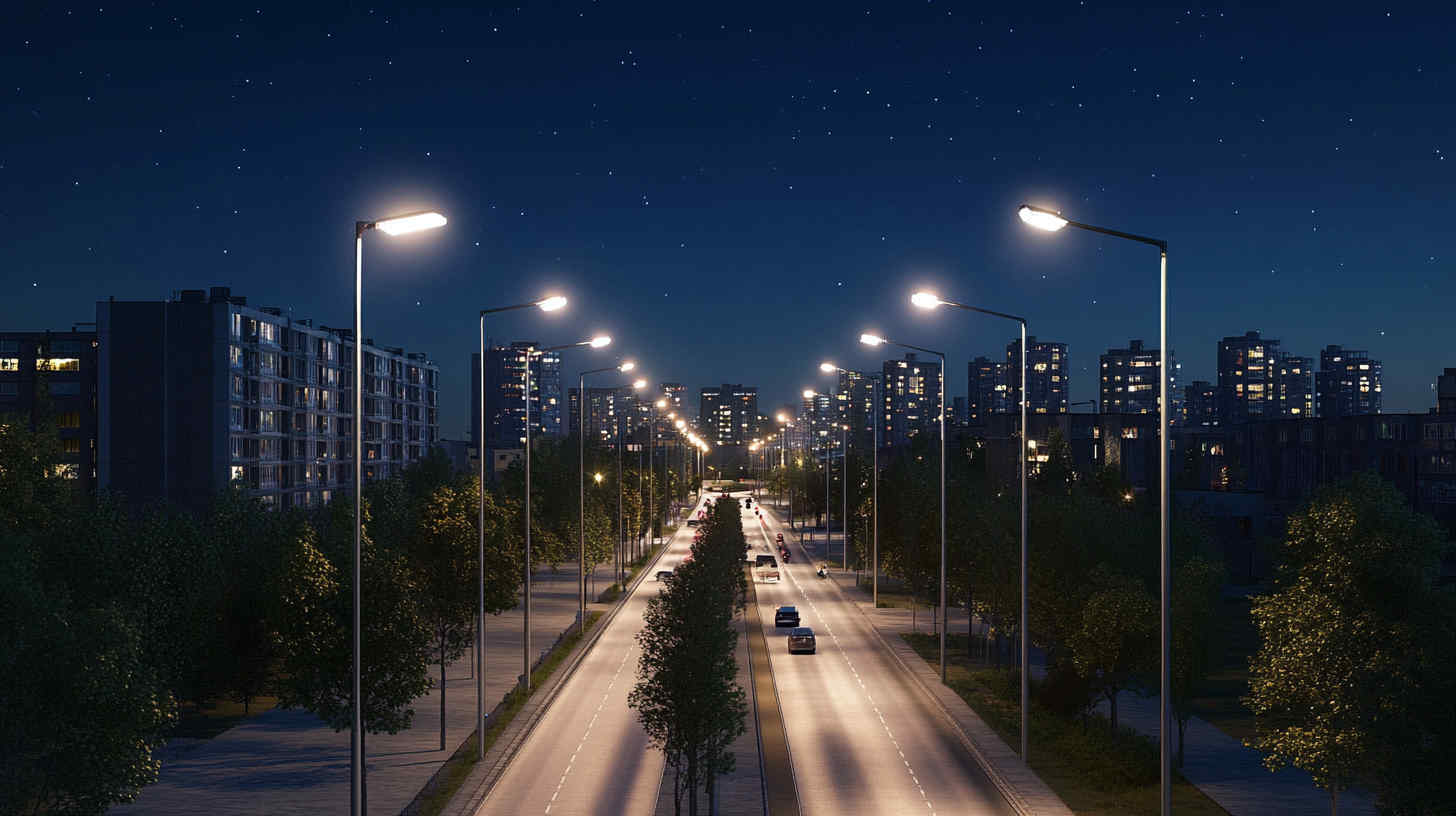
Comparative Analysis: Solar vs. Traditional Street Lights
| Feature | Solar Street Lights | Traditional Street Lights |
|---|---|---|
| Energy Source | Solar energy (renewable) | Electricity from the grid (non-renewable) |
| Environmental Impact | Low carbon footprint, eco-friendly | Higher carbon footprint due to fossil fuel reliance |
| Installation | Quick and easy, no grid connection needed | Requires wiring, digging, and grid access |
| Cost | Higher initial cost, but lower long-term expenses | Lower upfront cost, but higher ongoing costs |
| Energy Efficiency | Highly efficient, self-sustaining | Relies on grid power, less energy-efficient |
| Maintenance | Low maintenance, long-lasting LEDs and batteries | Requires frequent repairs and bulb replacements |
| Reliability | Works independently, but weather-dependent | Consistent power, but vulnerable to grid failures |
| Sustainability | 100% sustainable, powered by the sun | Depends on fossil fuels, not sustainable |
| Smart Features | Often equipped with sensors and timers | Basic functionality, fewer smart options |
| Remote Areas | Ideal for off-grid locations | Requires existing electrical infrastructure |
Can Street Lights Be Solar Powered?
Yes, solar-powered street lights are widely used today. They use photovoltaic panels to capture sunlight and convert it into electricity, which is stored in batteries for nighttime use. These lights are perfect for areas without access to stable electricity or for reducing long-term energy costs. Whether in cities, parks, or remote locations, solar street lights provide reliable illumination with minimal environmental impact.
Are Street Lights Bad for the Environment?
Traditional street lights can have negative environmental effects due to their reliance on fossil fuels and contribution to light pollution. However, solar-powered street lights reduce these issues by running on clean energy and lowering carbon emissions. Modern LED technology also minimizes energy waste while providing high-quality lighting. That said, solar panels and batteries do have an environmental footprint during manufacturing and disposal, but proper recycling can help mitigate these impacts.
How Much Energy Do LED Streetlights Save?
LED streetlights5 use 50-90% less energy than traditional lighting like halogen or metal halide lamps. Combined with solar power, the savings are even greater. Since LEDs are highly efficient, they reduce electricity consumption while delivering brighter and more focused illumination. Over time, this translates to lower operational costs and a smaller environmental impact, making LED solar street lights a smart choice for sustainable infrastructure.
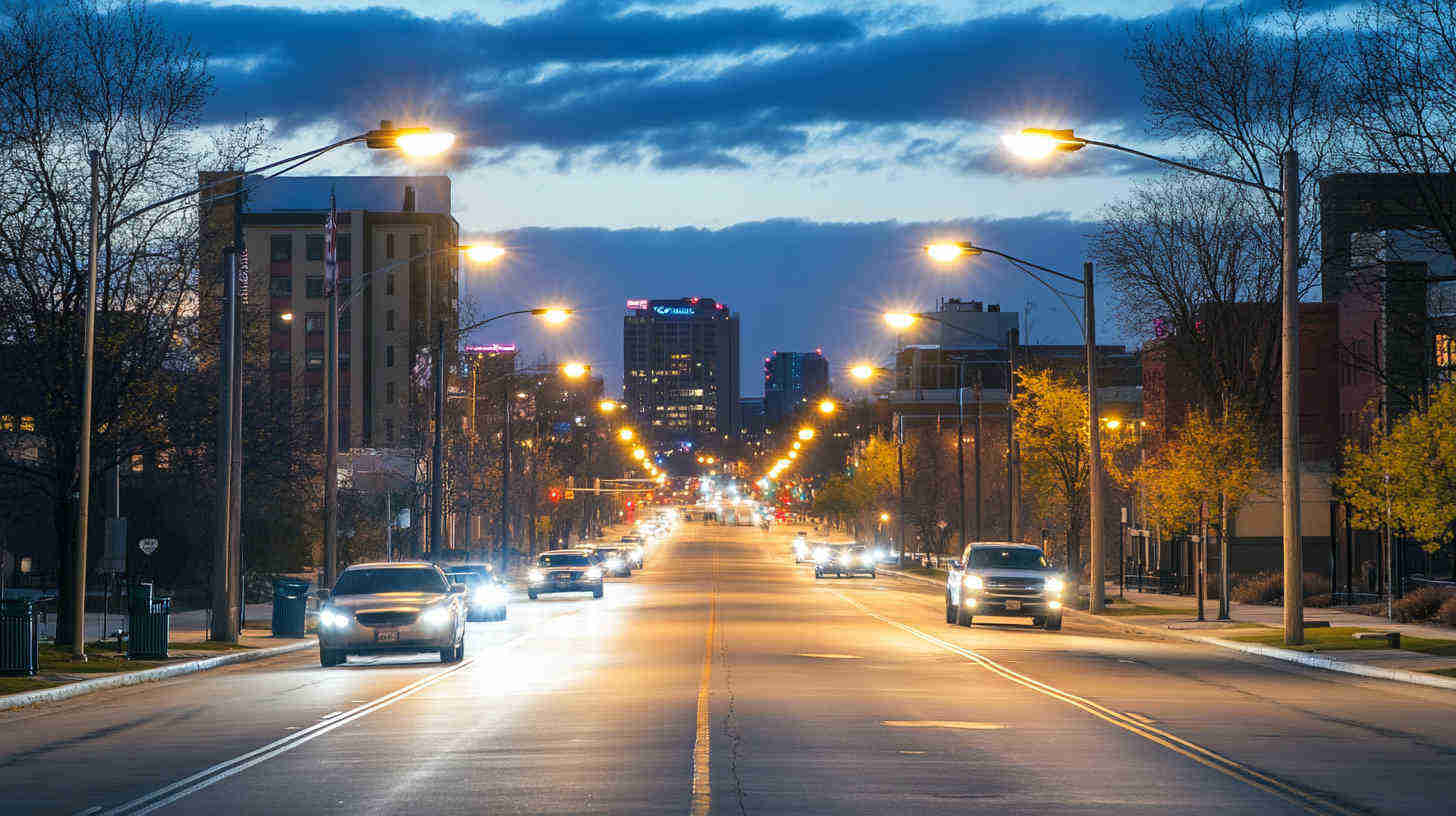
Conclusion
Solar street lights combine sustainability, cost savings, and easy installation, making them an excellent choice for modern infrastructure. While they require an initial investment and are weather-dependent, their long-term benefits—including lower energy costs, reduced carbon emissions, and minimal maintenance—far outweigh these drawbacks.
If you’re considering solar street lighting for your project, feel free to reach out to us. Our team is here to help you find the best solution for your needs.
Request A Free Quote Now!
Send us a message if you have any questions or request a quote. We will get back to you ASAP!
- Discover the environmental benefits of solar street lights and their role in reducing carbon emissions. ↩
- Explore the advantages of solar street lights and how they can save costs and enhance safety in your area. ↩
- Learn how solar street lights can significantly reduce energy costs and promote sustainability in urban planning. ↩
- Learn about the environmental effects of traditional street lights and why solar options may be a better choice for sustainability. ↩
- Discover how LED streetlights can significantly reduce energy consumption and costs, enhancing your understanding of modern lighting solutions. ↩



